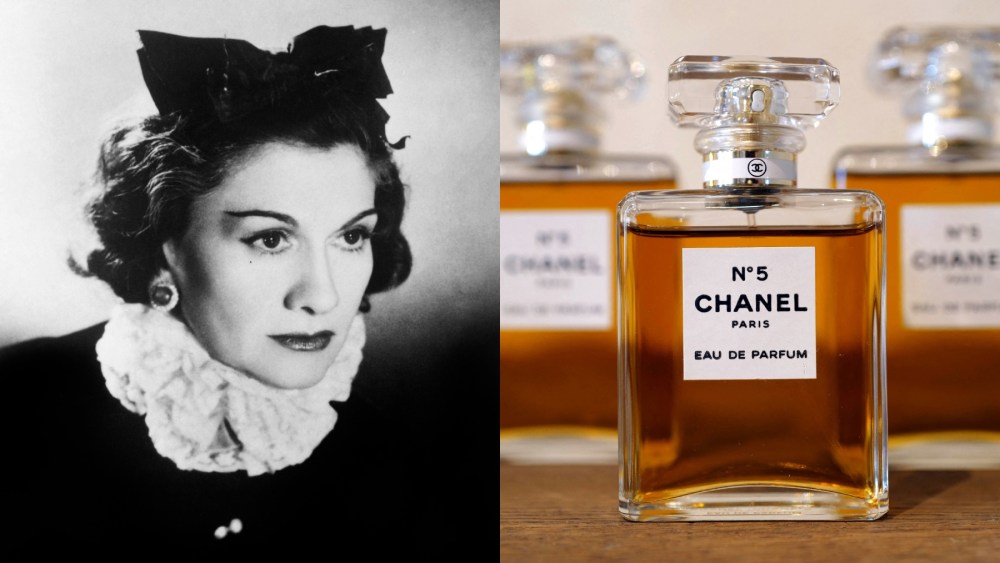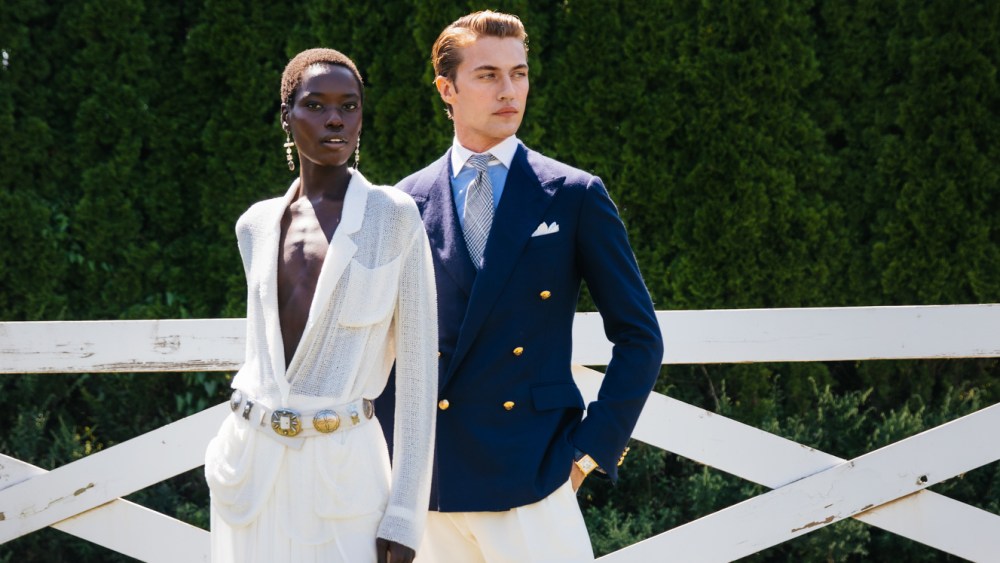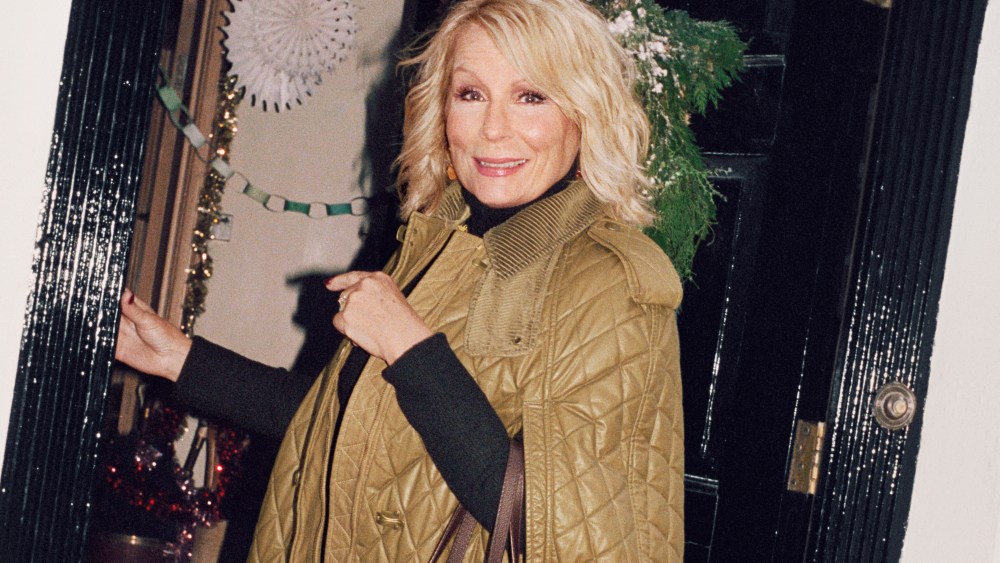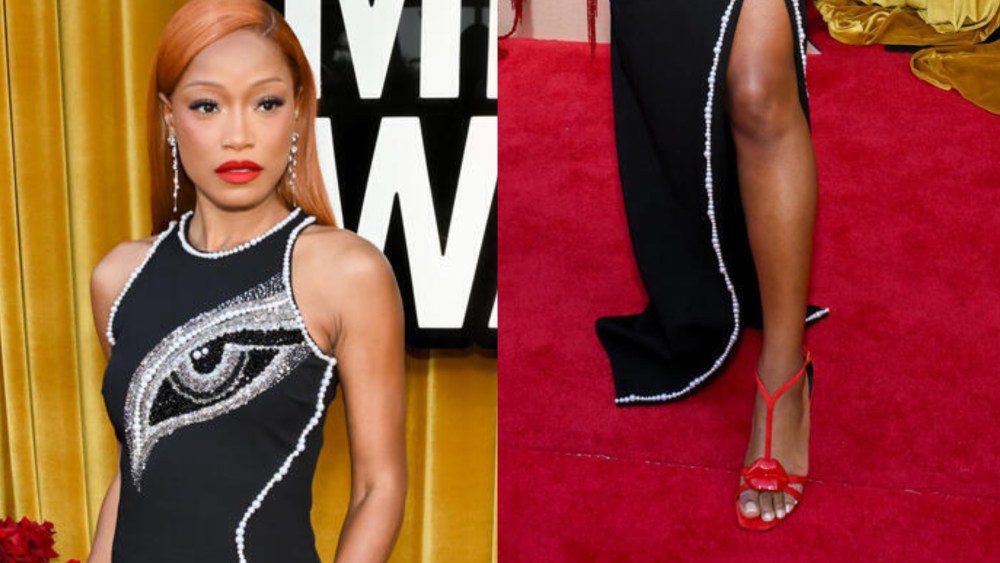Chanel may be more than 100 years old, but the brand is as relevant as ever: the French label still tops Statista’s list of the most recognizable luxury fashion houses in the U.S., alongside Gucci and Dior. Chanel’s enduring status as the epitome of chic, however, is largely thanks to its namesake founder.
Gabrielle “Coco” Chanel launched her eponymous label in 1910. Several products created during her reign — including tweed skirt suits, quilted flap bags and Chanel No.5 — are still among the brand’s bestsellers. Nods to Chanel are even present in posthumous releases like Coco Mademoiselle eau de parfum and Coco Rouge lipstick.

Known for her nontraditional approach to design, Chanel set trends using unconventional fabrics, colors and textures; many of which took root in menswear. Today, she is often credited as the mother of modern fashion, and was one of the first major designers to meld comfort and simplicity with style.
You May Also Like
In honor of what would have been her 141st birthday, a look back at Chanel’s major career milestones.
1910: First Chanel Boutique Opens

Chanel got her start in fashion as a milliner, opening her first shop, Chanel Modes, at 21 Rue Cambon in 1910. French actresses, including Gabrielle Dorziat, helped put Chanel on the map by wearing her early designs both on and off stage.
By 1915, Chanel opened two more stores in the French coastal cities of Deauville and Biarritz. She introduced ready-to-wear designs and fashionable sportswear crafted from jersey, a lightweight fabric that was then used to make men’s underwear. Chanel helped popularize the breathable textile for women in the era of constraining garments like corsetry, with her jersey line becoming an immediate success.

Chanel employed 300 artisans at her first couture house in Biarritz. There, she designed her debut haute couture collection.
Three years later, Chanel opened her Paris boutique at 31 Rue Cambon, where it still stands today. The designer also established her couture house at that address.
1921: Launch of Chanel No.5

Chanel collaborated with perfumer Ernest Beaux to create her house’s first fragrance, Chanel No.5. Featuring notes of jasmine and musk, it’s still one of the world’s bestselling perfumes. Named for the sample that Chanel liked best, the couturier also viewed the number five as a good omen.
“I show my collections on the fifth of May, the fifth month of the year, so let’s leave the number it bears, and this number five will bring it good luck,” she once said.
Much like her clothing, Chanel sought to innovate in the fragrance category by producing a simplistic bottle design. At the time, many perfumes came in elaborate crystal flasks. Legend has it that the Chanel No.5 bottle was based on a whiskey decanter owned by her lover, Captain Arthur Edward “Boy” Capel.

Today, the fragrance is famously associated with Marilyn Monroe, who name-dropped it in a 1952 Time cover story: “This fellow says ‘Marilyn, what do you wear to bed?’ I said I only wear Chanel No.5.” An iconic photograph of Monroe applying Chanel No.5. was used in a 2013 campaign promoting the perfume. Other notable spokesmodels include Catherine Deneuve, Nicole Kidman and Chanel herself, who appeared in the fragrance’s first advertisement.
1925-1926: Chanel Introduces the Tweed Skirt Suit and Little Black Dress
Capel wasn’t the only male muse of Chanel’s — one of her brand’s prolific staples, the tweed skirt suit, was born out of her relationship with the Duke of Westminster. The couple vacationed together in the Scottish highlands, where sportsmen favored suits fashioned out of the woolen knit. Chanel feminized the textile, making it lighter weight and spangling colorful skirt suits with fur trim, metallic thread and lion-encrusted buttons, a nod to the designer’s zodiac sign.

One of the most famous Chanel tweed skirt suit is Jackie Kennedy’s. Featuring navy trim and a double-breasted silhouette, she wore a cotton candy pink set on the day of her husband’s assassination. She refused to remove the blood-stained suit when Lyndon B. Johnson was sworn in. “Let them see what they’ve done,” she reportedly told her aides.
As first lady, Kennedy was encouraged to only wear American designers, but she found a loophole by having a Park Avenue boutique, Chez Ninon, construct the Chanel suit from materials provided by the French label.
During the 1920s, Chanel helped pioneer the flapper look. Subverting the hourglass silhouettes of the Edwardian and Belle Époque eras, her loose-fitting beaded shifts offered greater freedom of movement. In 1926, she debuted what is now commonly known as the “little black dress.” Its simplistic, practical design drew comparisons to Henry Ford’s Model T. In the Jazz Age, women began to embrace more masculine fashions, with the flat-chested, drop waist cut of Chanel’s “Ford” becoming trendy.
The “LBD” moniker derives from one of Chanel’s famous quotations: “Scheherezade is easy; a little black dress is difficult.” Today, little black dresses — Chanel or otherwise — are still widely considered a closet staple.

1933: Chanel Debuts the Camellia Motif
The camellia is commonly associated with Chanel, as it appears in the form of brooches, scarf prints and even on packaging. The designer’s flair for the floral dates back to her youth, when she first read Alexandre Dumas’ “The Lady of the Camellias.” Chanel resonated with the story’s heroine, a courtesan who wore a white camellia as a token of availability.

Chanel officially launched its first camellia design in 1933, when the flower decorated a black suit with white trim. Today, the brand still makes frequent use of the camellia, with the label’s former creative director, Virginie Viard, using it as a centerpiece for Chanel’s fall 2023 fashion show set.
At the 2023 Met Gala honoring Karl Lagerfeld, several stars wore designs featuring camellia motifs, including Anne Hathaway, whose bespoke gown interspersed the flower with Versace’s signature safety pins, and Cardi B, who wore a latex Chenpeng Studio creation covered in oversize three-dimensional camellias.
1955: Chanel Unveils the 2.55

The quilted flap bag is another quintessential Chanel product. Although the brand produced purses as early as the 1920s, it wasn’t until 1955 that they launched the 2.55, named for its date of creation.
Today, many Chanel bags carry the double C lock — a Lagerfeld addition — but the 2.55 features a rectangular “mademoiselle” lock, a reference to Coco herself, who never married. Its chain strap also differs from modern iterations, which are typically interwoven with leather. Like many Chanel staples, the 2.55 was designed with both fashion and function in mind: the bag’s shoulder-length straps allowed for hands-free carry in an era where top handle purses reigned supreme. Chanel lifted the 2.55’s signature quilting from stablehands, who frequently wore jackets made with the puffy pattern.
Legacy
Chanel passed away in 1971 at the age of 87. Similar to her successor, Lagerfeld, she continued designing up until her death. Today, Chanel remains synonymous with luxury and many products pioneered by her are still considered fashion grails.

The designer has also been the subject of films, television shows and even stage productions. The first, “Coco,” a musical starring Katharine Hepburn, bowed one year before Chanel’s death. Her life is now also the focus of a ballet entitled “Coco Chanel: The Life of a Fashion Icon,” which debuted in Hong Kong in 2023.
On screen, Chanel has been portrayed by actresses like Audery Tatou and Shirley McLaine. More recently, Juliette Binoche embodied the couturier in “The New Look,” an Apple TV+ miniseries that charts the rise of Christian Dior — and sheds light on Chanel’s Nazi ties.
As Chanel seeks out a new creative director following Viard’s 2024 departure, the brand maintains its financial success. The luxury house reported revenues totaling $19.7 billion last year, up 16 percent at comparable rates, with double-digit growth across all categories. Price increases alone accounted for a 9 percent progression



